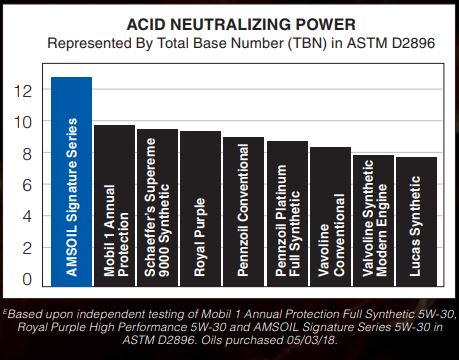Engine Sludge Is Easily Avoidable John Baker & Associates |Jul 24, 2019 4:20 PM Engine sludge. It’s a back gelatinous substance that wreaks havoc in engines. And long before the engine’s demise, engine sludge can foul engine sensors and interfere with performance. Some mechanics call it the “black death.” How does motor oil, which is […]
You are browsing archives for
Tag: motor oil
Help! How Many Quarts of Oil Does My Car...
How Much Oil Does My Car Need? John Baker|Dec 03, 2018 9:10 AM The answer seems simple: probably about five quarts. But, if you drive a small car with a four cylinder engine, it’s likely closer to four quarts. However, the V-8 engine in your truck could require about seven quarts. My in-laws’ RAM diesel […]
Signature Series: The Measure Of Perform...
SIGNATURE SERIES: Brand comparison Testing – Viscosity In the NOACK Volatility Test, Signature Series scored far below the API limit for evaporation and proved it remains where it’s needed most – protecting your engine. Nearly 35 years ago AMSOIL became the first oil manufacturer in the United States to use the NOACK Volatility Test as […]
Which Small-Engine Oil Would You Choose?
Which Small-Engine Oil Would You Choose? Spring marks the time to store your snowblower and prepare your lawnmower, pressure washer, generator and other equipment for another season. Make sure to change oil before storing equipment. Used oil contains acidic byproducts that can damage the engine if allowed to sit for months. If you neglected to […]



